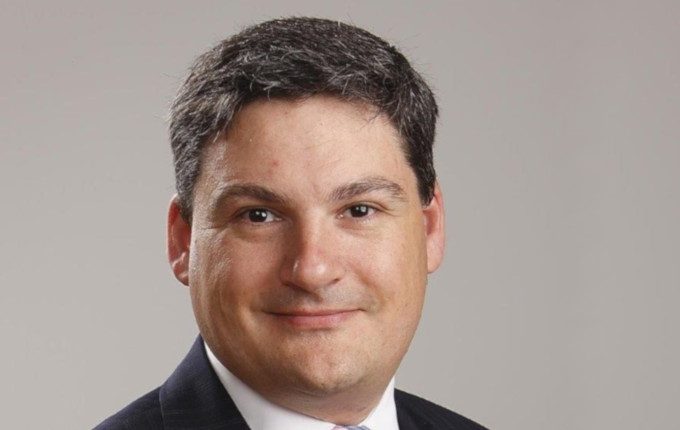This year the Future Fund celebrates its 15 year anniversary. We take a look at the early days of the fund and how this period shaped the portfolio as it stands today.
Register to Access this Exclusive [i3] Insights Article
Create a free account to access exclusive interviews with asset owners, revealing insights on investment strategies, market trends, and portfolio allocations.
If you already have an account you can Login .
If you have any issues registering an account please send us an email at [email protected].

